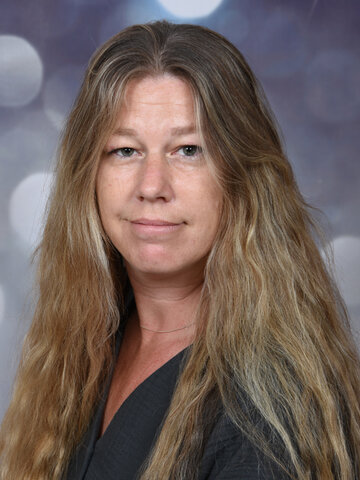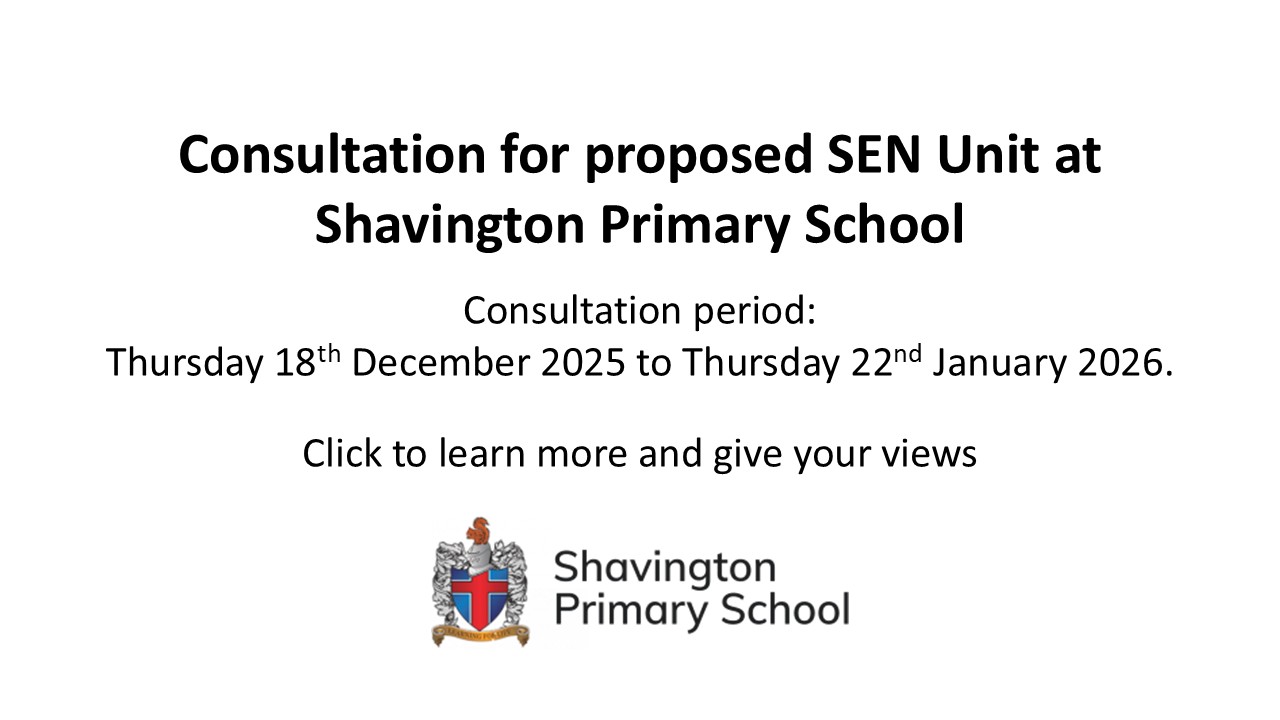Year 6 Team

Mrs McGregor
Class Teacher - 6M
.jpg)
Mrs Sweeney
Class Teacher - 6S

Mrs Doorbar
Teaching Assistant
.jpg)
Mrs Chapman
Teaching Assistant
Y6 Spring Term
Geography: Why does global population change?
Year 6 will investigate why populations change by analysing data, taking part in fieldwork, and exploring factual information. They will study birth and death rates and the factors that influence them, examine reasons why people migrate, consider how climate change affects population patterns, and explore how population growth impacts the environment.
History: Transatlantic Slave Trade
Year 6 will use primary and secondary sources to investigate how the slave trade began and to evaluate what historical sources reveal. They will learn how slavery was abolished in the UK, study the life and heroic actions of Harriet Tubman, and explore whether and how slavery continues to affect people today.
Y6 Spring Term
During this half term, we will be looking at 'The Happy Prince' by Oscar Wilde.

Oscar Wilde's The Happy Prince tells the story of a gilded statue, once a joyful prince, who weeps at the suffering of his city's poor; he enlists a swallow to peck away his jewels and gold to help them, sacrificing his beauty and the bird's life for selfless love, culminating in their heavenly reward, a poignant tale of compassion, sacrifice, and the contrast between superficial beauty and true inner worth.

Y6 Spring Term
During this half term, we will be looking at 'The Selfish Giant' written by Oscar Wilde.

The Selfish Giant is Oscar Wilde’s classic fable about a giant who selfishly keeps children out of his beautiful garden, causing it to remain trapped in eternal winter. When a special child arrives, love and spring return, transforming the giant and teaching powerful lessons about kindness, generosity, and redemption.
Writing outcome: To write a version of the Selfish Giant narrative - choosing either a retelling in 1st or 3rd person or from a character's point of view.

During the autumn term we will be aiming to complete Power Maths (White Rose Edition) Book B.

The topics we will be covering are as follows:

PE Days
6M: Tuesday & Wednesday
6S: Monday & Wednesday
Please remember to come to school in your PE kit on the days you have PE. Your kit should include either a coloured t-shirt in your house team colour or a plain white t-shirt, plain black jogging bottoms, shorts or leggings, and trainers. Football shirts are not permitted. When the weather is colder, children may wear their school PE jumper or their usual school sweatshirt or cardigan, but other hoodies are not allowed.
Homework
Homework is set each week and will focus on reading, maths, or grammar. Children are expected to read at least five times a week, and they will also have time for independent reading during the school week. We encourage as much reading as possible – even just five minutes makes a difference! Reading will be monitored through the Accelerated Reader programme.
Times tables are an important part of supporting children’s progress in maths, so we ask that they practise regularly using Times Table Rock Stars or timestables.co.uk. Weekly assessments will also take place in times tables, arithmetic, and spelling to support children’s learning.
Homework will be given out on a Monday and should be completed and returned by Friday.
All children have now received CGP workbooks to help prepare them for their upcoming statutory assessments and their transition to high school. If these books are misplaced, they can be purchased online.


SATs 2026 Information
The KS2 SATs are scheduled for Monday 11th May to Thursday 14th May. Please do not book any holidays during this time.
Monday
English GPS Paper 1: questions
English grammar, punctuation and spelling Paper 2: spelling
Tuesday
English reading
Wednesday
Mathematics Paper 1: arithmetic
Mathematics Paper 2: reasoning
Thursday
Mathematics Paper 3: reasoning
The papers are both set and marked externally. Your child’s marks will be used in conjunction with teacher assessment to give high schools a broader picture of their attainment. After SATs, each child will receive a scaled score for each subject (reading, maths and GPS) and whether they have reached the expected standard set by the Department for Education.
The range of scaled scores available for each KS2 test is:
-
80 (the lowest scaled score that can be awarded)
-
120 (the highest scaled score)
The expected standard for each test is a scaled score of 100 or more. If a child is awarded a scaled score of 99 or less, they won't have achieved the expected standard in the test.


